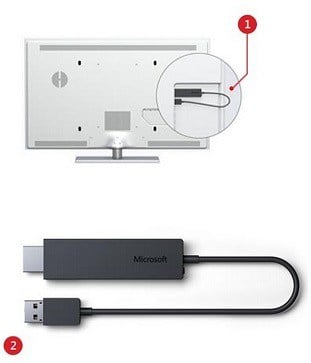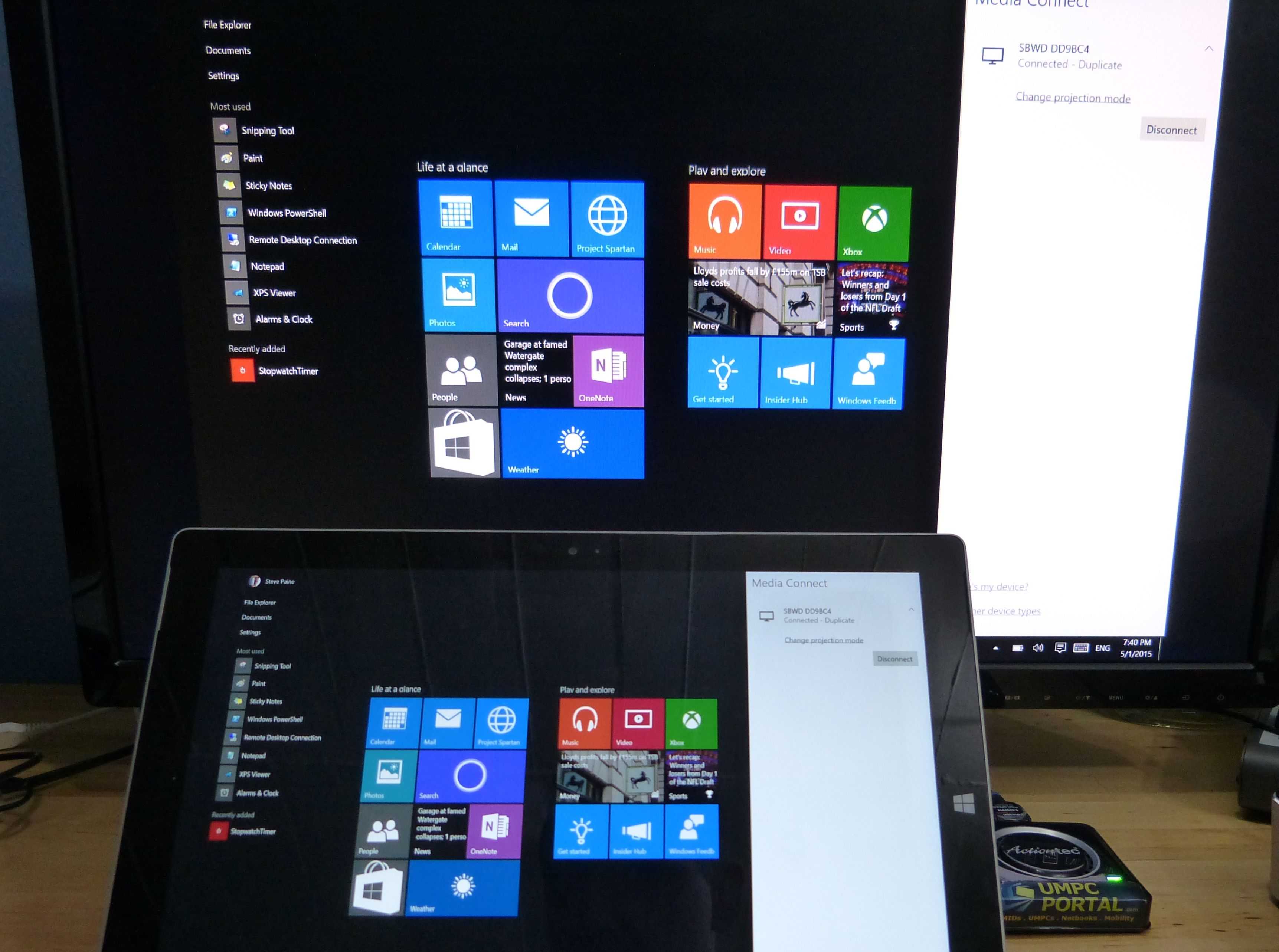

- #Microsoft widi windows 10 install
- #Microsoft widi windows 10 manual
- #Microsoft widi windows 10 full
- #Microsoft widi windows 10 windows 10
- #Microsoft widi windows 10 android
The Wireless Display Adapter is also an Intel® Wireless Display (WiDi) certified adapter and works with 2-in-1s and tablet devices with Intel WiDi capability. The Wireless Display Adapter uses Wi-Fi CERTIFIED™ Miracast® technology, so you’re not limited to certain apps or content streaming you can display everything from your device on an HDTV or monitor. You can even ink in PowerPoint to emphasize a point and make that big screen your collective workspace. Project your ideas and collaborate in real time by plugging the Microsoft Wireless Display Adapter into a conference room projector or monitor. Stream movies, view personal photos, or display a presentation on a big screen – all wirelessly. The password required to connect to this network will appear in the top-right corner.Share what’s on your tablet, laptop, or smartphone1 on an HDTV or monitor with Microsoft Wireless Display Adapter. This will activate the special WiFi Direct ad-hoc hotspot for your Windows device to connect to.
#Microsoft widi windows 10 android
On your Android device, tap the Turn on WiFi Direct slider in the Feem app.Once installed, open Feem on both devices.
#Microsoft widi windows 10 install
You’ll also need to install Feem on your Windows PC.

#Microsoft widi windows 10 windows 10
If you have an Android device, the best way to use WiFi Direct is by using the Feem app, which has Windows 10 and Android support. While you could use Bluetooth, transferring large files (or a large number of them) would take much longer than a WiFi Direct connection. One of the best uses for WiFi Direct is for file transfers, especially if you have a large number of files. If you had a HP printer or Sony smart TV, for instance, you could connect by joining the DIRECT-XX wireless network for that device.
#Microsoft widi windows 10 manual
While this method should work for most WiFi Direct devices, there may be other methods you can use to connect, so consult the user manual for those devices for further information.įor instance, some devices that support the WiFi Direct standard will have their own always-on WiFi networks that you can connect to.
#Microsoft widi windows 10 full
Windows 10 offers full support for the WiFi Direct standard, but your internal WiFi chip (or external WiFi device) will need to support it. If you want to use WiFi Direct as an alternative to Bluetooth, then you’ll be best served using a Windows 10 PC or laptop. Checking for WiFi Direct Support on your Windows 10 PC It also has some support on certain smart TVs, game consoles, and other WiFi-capable devices. Modern Android devices (from Android 4.0 onwards) offer support for WiFi Direct, but you may need a third-party app to make full use of its functionality. While it is fully supported in Windows 10 (depending on your device), Apple devices such as Macs, iPhones, and iPads use the proprietary AirDrop and AirPlay instead. Support for WiFi Direct is quite patchy, however. While Miracast is its own standard, it builds upon the WiFi Direct technology to allow for secure screen mirroring. Other WiFi-specific brands, such as Miracast, also use WiFi Direct to communicate. It also plays a central part in other systems and communication standards, such as near field communication. Like Bluetooth, you can use it to send files, share your screen with other devices, play games directly, share your internet connection, and more.

This allows for a seamless (yet secure) connection between the devices. WiFi Protected Setup (WPS) is then used to authenticate, with a push button or PIN code used to establish a connection. WiFi Direct works by enabling a software-generated access point on the host device, creating a temporary WiFi network in the process. You don’t need an existing WiFi network to connect to, as the connection is made directly between two devices. WiFi Direct is a standard that allows the use of WiFi radio frequencies (typically 2.4GHz and 5GHz) to make direct, peer-to-peer connections with other devices. There are plenty of devices that support WiFi Direct (under various names), so if you want to know more about WiFi Direct in Windows 10, here’s what you’ll need to know. Windows 10 has direct WiFi Direct support, but if you’re planning on using it, you’ll need to know what it’s good for (and whether it’s safe to use it or not).


 0 kommentar(er)
0 kommentar(er)
